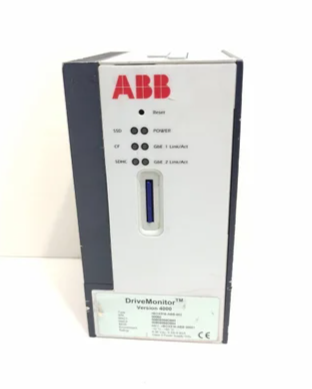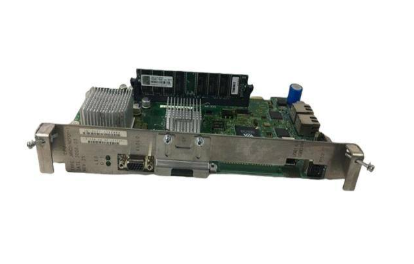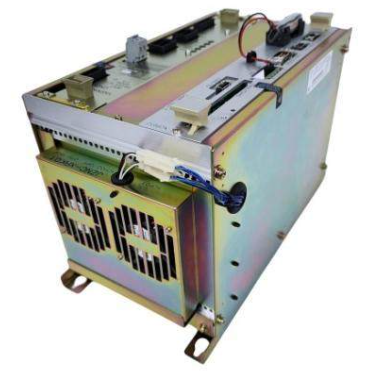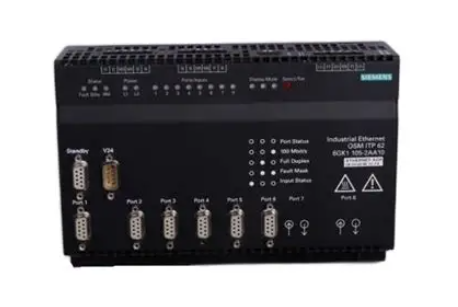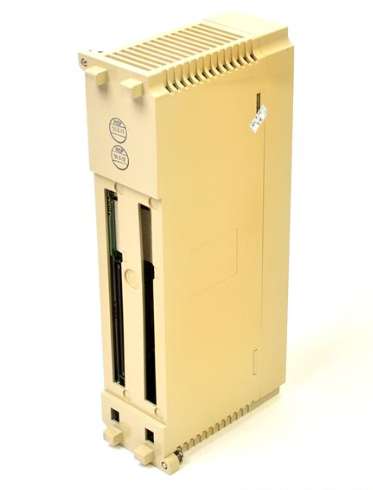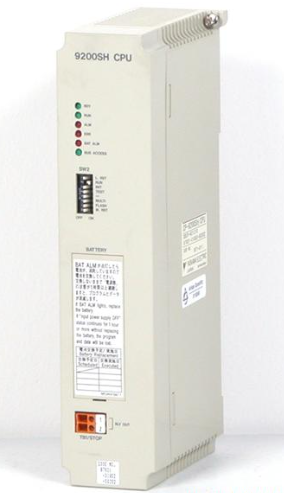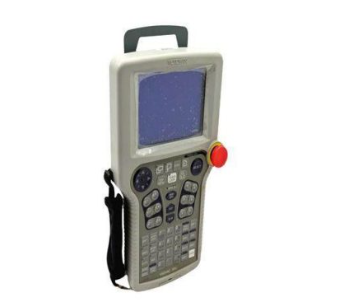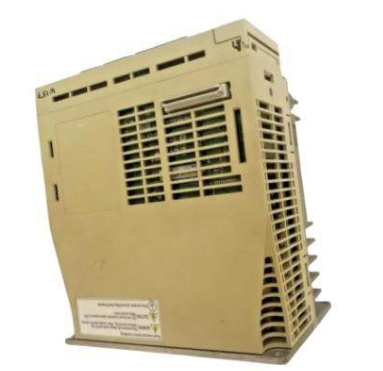AB 1763-L16AWA MicroLogix 1100 Programmable Controller
Electrical Safety: Power must be disconnected before installing or removing modules or arcing may occur . Arcing can cause false signals from the system, unintended movement of field devices, and in hazardous environments, explosions, as well as permanent damage to the module circuitry. In addition, electrical arcing can cause excessive wear on the contacts of the module and its mating connector, increasing the contact resistance, which can affect the normal operation of the equipment. When making electrical connections, it is important to ensure that they are done correctly to avoid safety accidents caused by electrical problems.
Installation environment
Selection of the environment: The controller is suitable for use in a clean, dry environment (pollution degree 2) and on circuits not exceeding overvoltage category II (IEC 60664 - 1). The controller should be installed as far as possible from power lines, load lines, and other equipment that may generate electrical noise, such as hard contact switches, relays, and AC motor drives. Electrical noise from these devices may interfere with the normal operation of the controller, resulting in data transmission errors or equipment failure. When selecting a mounting location, environmental factors should be fully considered to ensure that the controller can operate in a stable environment.
Ventilation Requirements: In order to ensure good heat dissipation of the controller, sufficient ventilation space should be reserved during installation. The controller should be mounted horizontally with 50mm (2 inches) of space on each side except the right side for ventilation. Vertical mounting may affect the performance and life of the controller due to heat dissipation problems, so vertical mounting is generally not recommended. During the actual installation, the ventilation space should be reserved in strict accordance with the requirements to avoid overheating and damage to the equipment due to poor heat dissipation.
Wiring Points: The wiring of different controller models varies, so users must be careful to distinguish between them when wiring. During the wiring process, extreme care should be taken to prevent wire fragments from falling into the controller, as these fragments may cause damage when power is applied. After completing the wiring process, it is important to ensure that no metal fragments remain inside the controller before removing the protective strips, as failure to do so may cause the controller to overheat. For wire gauge, the controller has clear requirements for wiring, and different types of wires (solid and stranded) have different gauges. Solid wire is 12-20 AWG for single connections and 16-20 AWG for two connections; stranded wire is 14-20 AWG for single connections and 18-20 AWG for two connections; wiring torque requirements are 0.56 Nm (5.0 in-lb), use the appropriate wire gauge and torque to the specified torque.
- EMERSON
- Honeywell
- CTI
- Rolls-Royce
- General Electric
- Woodward
- Yaskawa
- xYCOM
- Motorola
- Siemens
- Rockwell
- ABB
- B&R
- HIMA
- Construction site
- electricity
- Automobile market
- PLC
- DCS
- Motor drivers
- VSD
- Implications
- cement
- CO2
- CEM
- methane
- Artificial intelligence
- Titanic
- Solar energy
- Hydrogen fuel cell
- Hydrogen and fuel cells
- Hydrogen and oxygen fuel cells
- tyre
- Chemical fiber
- dynamo
- corpuscle
- Pulp and paper
- printing
- fossil
- FANUC
- Food and beverage
- Life science
- Sewage treatment
- Personal care
- electricity
- boats
- infrastructure
- Automobile industry
- metallurgy
- Nuclear power generation
- Geothermal power generation
- Water and wastewater
- Infrastructure construction
- Mine hazard
- steel
- papermaking
- Natural gas industry
- Infrastructure construction
- Power and energy
- Rubber and plastic
- Renewable energy
- pharmacy
- mining
- Plastic industry
- Schneider
- Kongsberg
- NI
- Wind energy
- International petroleum
- International new energy network
- gas
- WATLOW
- ProSoft
- SEW
- wind
- ADVANCED
- Reliance
- YOKOGAWA
- TRICONEX
- FOXBORO
- METSO
- MAN
- Advantest
- ADVANCED
- ALSTOM
- Control Wave
- AB
- AMAT
- STUDER
- KONGSBERG
- MOTOROLA
- DANAHER MOTION
- Bently
- Galil
- EATON
- MOLEX
- Triconex
- DEIF
- B&W
- ZYGO
- Aerotech
- DANFOSS
- KOLLMORGEN
- Beijer
- Endress+Hauser
- MOOG
- KB
- Moxa
- Rexroth
- YAMAHA
- Johnson
- Westinghouse
- WAGO
- TOSHIBA
- TEKTRONIX
- BENDER
- BMCM
- SMC


Email:wang@kongjiangauto.com

